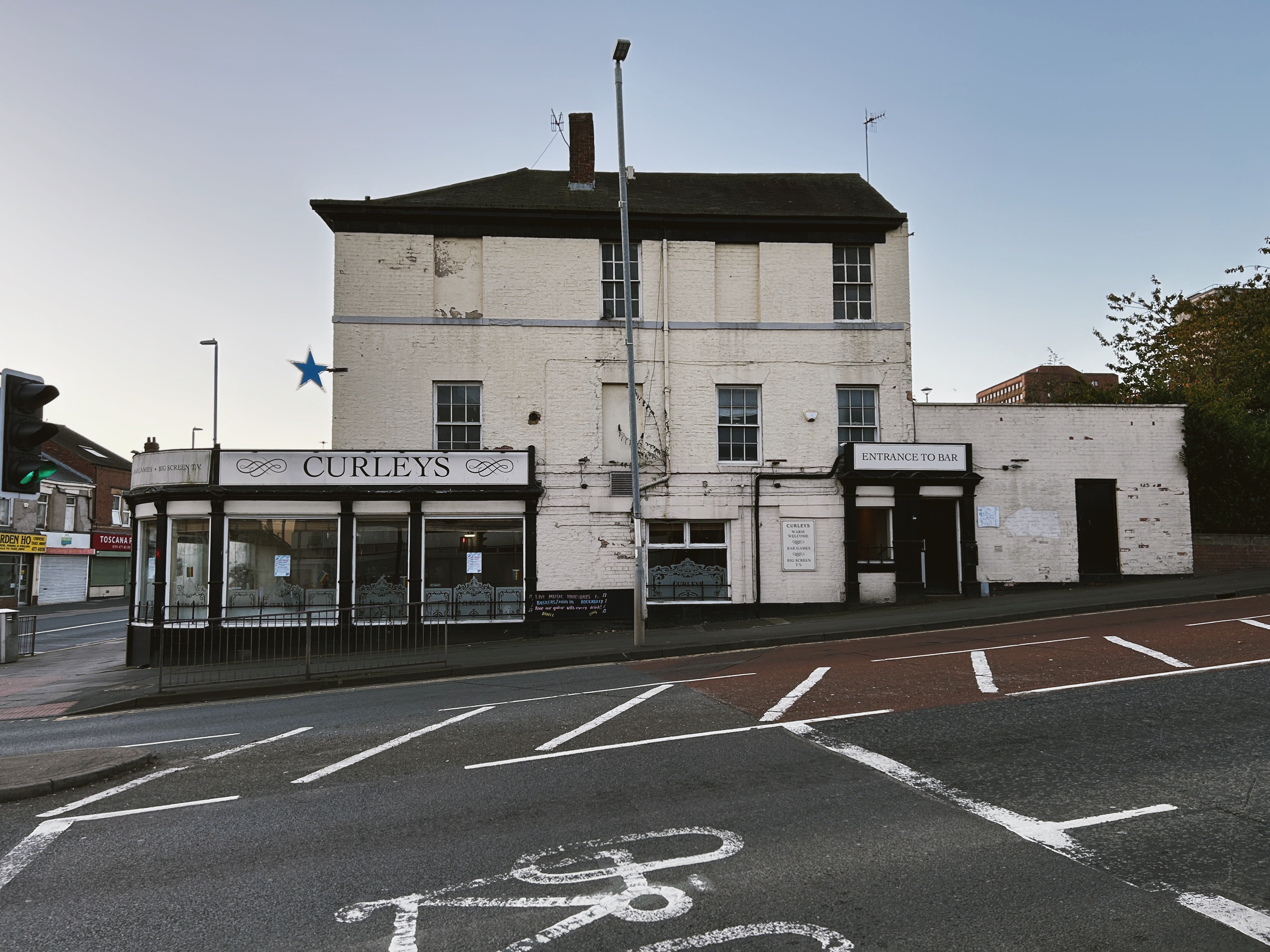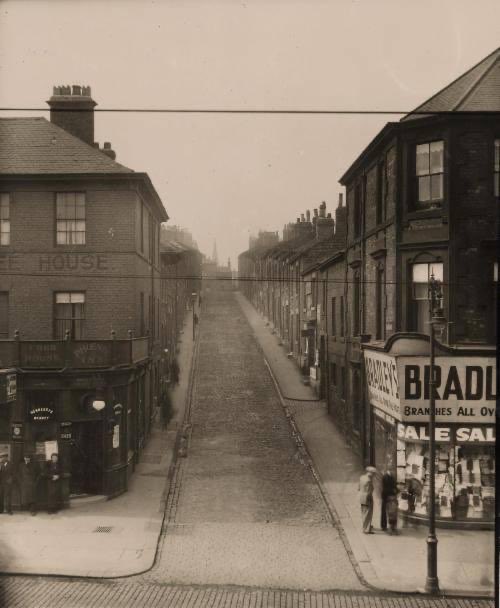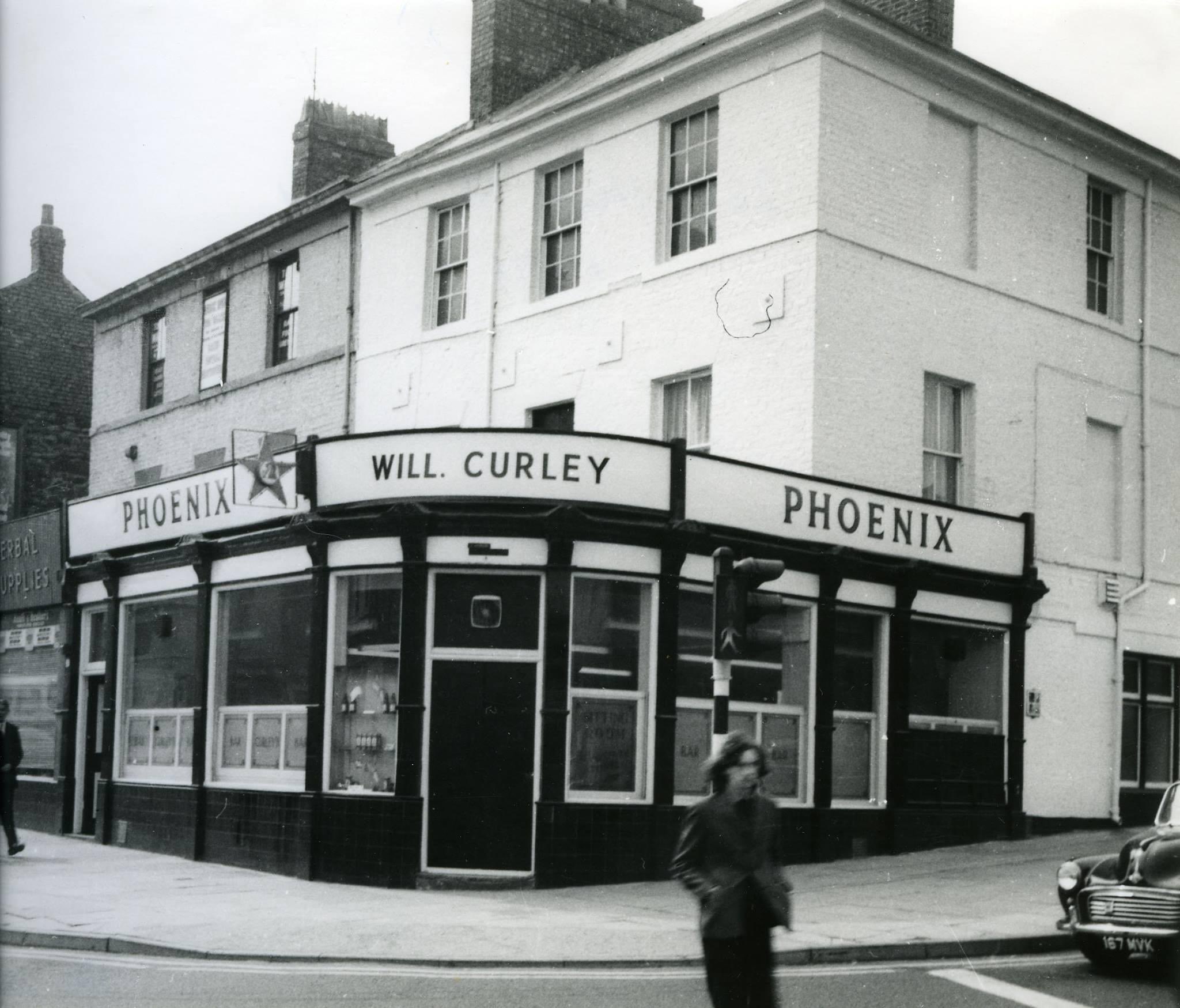
Gateshead
Curley's (The Phoenix) Public House
Last Updated:
10 Jan 2025
Gateshead
This is a
Pub
54.961341, -1.600489
Founded in
Current status is
Extant
Designer (if known):

Locally Listed
Curley’s on Gateshead High St is significant for a number of reasons. Away from the c1900 pub extension, this is a house dating way back to the late 18th century - the earliest on the whole street.
The pub, dating as early as 1873, was originally called The Phoenix. It has been renamed after its previous landlord Will Curley - a boxer originally born in Walker who became featherweight champion of Britain. Incredibly in the mid 19th century, it was located in front of a large quarry which occupied the area between Grahamsley Street and Charles Street.
A year before winning his title in Newcastle in 1900, he’d competed in New York against George Dixon. Dixon, nicknamed “Little Chocolate”, was featherweight champion of the world and fought many times in Newcastle himself.
10/01/25 - Sadly, the pub is now closed with the frontage undergoing demolition very soon. The 18th century house which makes up the spine is not listed, so we're yet to see what happens to it. Fingers crossed we don't see the fate of this beautiful townhouse.
Listing Description (if available)


There is only subtle difference in density between Gateshead of the 1860s and Gateshead of the 1910s. Though many of the buildings had been demolished and replaced, the Holy Trinity Church (https://www.northeastheritagelibrary.co.uk/features/Chapel-of-St-Edmund) remained as a central pillar of the town through these decades. The Phoenix is located in front of the quarry as a corner dwelling on the 1862 map, though this was cleared by the 1890s. Gateshead had already heavily densified by the early 19th century given its status as a town on the Great North Road and the various industries that lined the river. This is aided by the sheer extent of terraces, public houses and developing amenities into the 20th century. Theatres, schools and more chapels all popped up at this time.
Course, much of the open space had been replaced. The allotment areas around Park Lane were gone in the late 19th century.

The pub was embedded on the patchwork of Victorian and 20th century buildings along the high street in the 30s, neighbouring such amenities as a cinema, at least 4 pubs in the immediate area and the long winding tram system which traversed the whole of Gateshead by this stage. The area was booming, but started to get incredibly dense and busy. Only a couple of decades later much of what we see was demolished for the highway, in an attempt to mitigate further traffic issues.

The late 18th/early 19th century shell is easily identified around the late 19th century public house extension in this shot from 2023.

The earliest known photo of the Phoenix from the early 20th century. The pub is on the left. Unknown source.

A more familiar sight when the pub was called The Phoenix. Unknown source.
